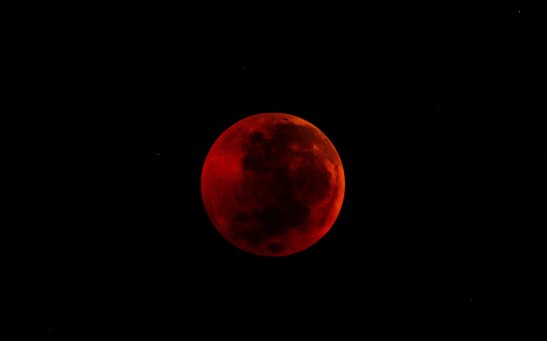partial
From California to New York—Where To Catch A Glimpse of an Eclipsing Sky
Taking A Bite Out of Sunlight—US Expects A Partial Solar Eclipse
Most Popular

How Technology Is Changing the Real Estate Industry?

How a Plant-Based Diet Can Protect Against Breast Cancer: Insights from Nutrition Research

Study Reveals High Turnover in Scientific Research Careers: What This Means for Future Scientists

Why It's So Difficult to Lose Weight: The Biological Explanation Behind Obesity






